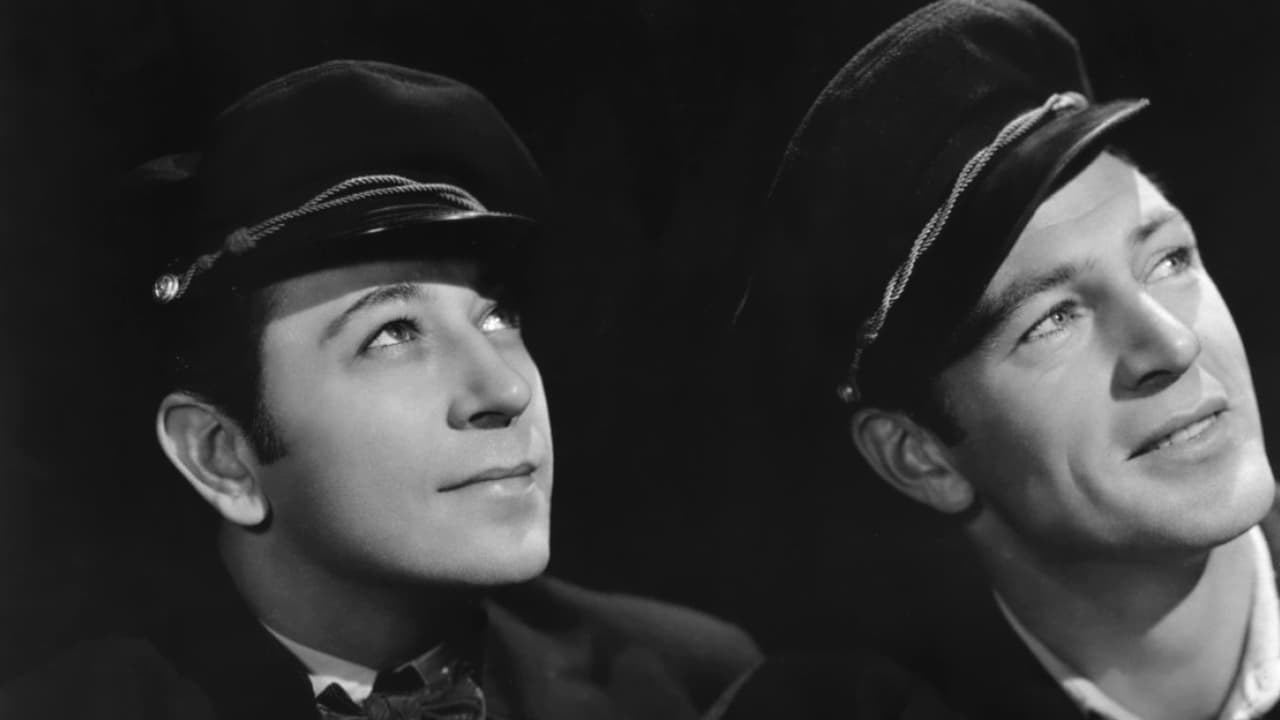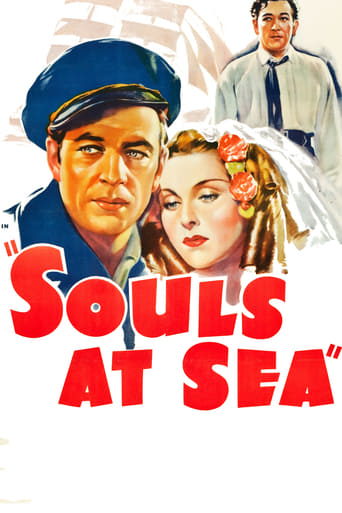

I should begin by admitting a prejudice against sea-going tales. And, my interest in this film almost bit the dust because of that; I found the first 20 or so minutes of the film to be quite a bore.Then, however, the true nature of the tale began to become a bit more obvious, and my interest picked up. This is almost a spy story, albeit about a private effort to stop the lave trade.The cast here is interesting. The most interesting thing about Gary Cooper is that his speech pattern is not his usual. He does a nice job here. The role George Raft has here is totally different than just about anything you've seen him in before. Frances Dee is very good as the love interest and as the point of friction between her admirer (Cooper) and her brother (Henry Wilcoxon), a true slaver. I always thought that Wilcoxon was an actor who deserved better roles, and while he is the villain here, at least it's a good role. Harry Carey has a small role as a sea captain. Robert Cummings is here in his first movie role. Paul Fix has a tiny role as a violinist. Ward Bond and Alan Ladd have uncredited small roles.The shipwreck scenes are quite masterful (with a few glitches in special effects, but not bad for 1937).Highly recommended, just get past the first 20 minutes or so.
... View MoreSOULS AT SEA was a rather popular film in its day. So popular in fact that Laurel & Hardy spoofed it in their comedy reworking of the original story, called SAPS AT SEA. So it's a bit unfortunate that this Paramount classic from the late 1930s seems to be slipping into gradual obscurity. It is certainly worthy of repeat viewings and on-going appreciation.The great thing about this production is that the executives at Paramount decided to put two of its biggest male stars at that time into the lead roles. And in fact, it would be the only time that Gary Cooper and George Raft ever appeared in a movie together. They are superb. Meanwhile, Virginia Weidler fans will enjoy seeing her corner the market on tomboys, singing and telling stories– some from books, mostly fibs. And the rest of the supporting cast, particularly Henry Wilcoxon, also help make this an outstanding film.
... View MoreI was hoping for a melodrama instead, but the emphasis here is on the narrative rather than on action. But I am pleased to report that my headline is accurate, because "Souls At Sea" is a very interesting story about a subject barely touched upon in Hollywood's long, colorful history. Reading through other reviewers takes on the film, it qualifies more accurately as a semi-historical drama, although not the first story Hollywood has taken liberties with. The temptation is to call "Souls At Sea" a 'seafaring yarn', but, as I said, it is heavy on talk and light on second unit work.In any case, this offbeat movie has Gary Cooper faced with a moral dilemma as an abolitionist involved in the slave trade in the middle of the 19th century. His sidekick is George Raft, in as sympathetic a role as he ever had and one of his best acting jobs (never one of his strong points). Frances Dee is an ingenue on board the ship in question, and George Zucco plays a good guy for a change. Particularly effective is the background music which won an AA nomination for composer Milan Roder. Henry Wilcoxon is an effective bad guy and Olympe Bradna, whose film appearances were too few, is touching as a maidservant and love interest for George Raft. Very well done, as is the norm with a Henry Hathaway picture. The story is so absorbing that the viewer nearly forgets about the lack of action scenes, and is well worth my rating of seven.
... View MoreHere is a film that inexplicably has been given little exposure to modern audiences. Paramount threw in a lot of its top talent to tell a good story with drama, humor and lots of action.Nuggin Taylor (Cooper) has waged a one-man war against slaves ships in the 1840s. His best friend Powdah (Raft) has been a slaver, if a half-hearted one, for years. The two board a packet from Liverpool to America in a plot to undermine the slave shipping lines, but also on board is their main nemesis and his sister. Naturally Taylor has a "thing" for the sister. When a tragic accident befalls the ship, Taylor must take drastic action to save passengers and is ultimately charged with multiple murders.Cooper again plays the aw-shucks persona he perfected but here combines it with the literate, committed character of Nuggin. Note that in the lengthy opening sequence he says nothing, but is the center point of every word. Raft, who was always at his best for Henry Hathaway, gets crimped hair and an earring and the package works for the uneducated, footloose Powdah, who is ironically terrified of water. Raft's trademark unblinking stare is used to great effect and even humor. Copper and Raft, who sing together so pleasantly here, remained good friends after making this film.The picture took three photographers. Estimable Charles Lang split the cinematography duties with Merritt Gerstad. Gordon Jennings was in charge of the special photographic effects in the climactic ship disaster. Their decisions were mostly excellent. Especially effective were the constant tilted angles aboard ship. The black-and-white filming offers up rich tones and texture, instantly setting the stage with the slave cargo sequence. The action scenes are outstandingly photographed and executed.In period pieces, Hollywood tends to go overboard with layers of decorations. In 'Souls at Sea' art directors Hans Dreier and Roland Anderson are magnificently restrained and very accurate. That and A.E. Freudeman's interior decoration make the film seem really in Philadelphia, really in Liverpool and really on board a ship in 1842.This is a great example of Hathaway's work, weaving appropriate humor into the human drama and relationships. There is an amusing montage as Taylor is scouring Liverpool for Powdah, and that relationship's integrity is maintained throughout.This is a classic well worth making the effort to find.
... View More